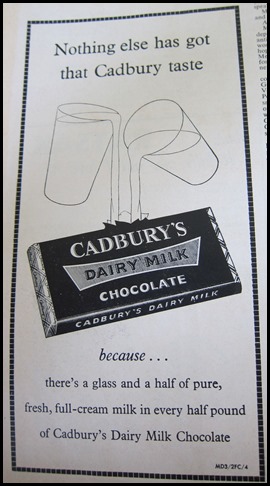PIM - August 1964

Beez Neez now Chy Whella
Big Bear and Pepe Millard
Sun 20 Oct 2013 21:37
|
An Article Published August 1964 in the Pacific Islands
Monthly
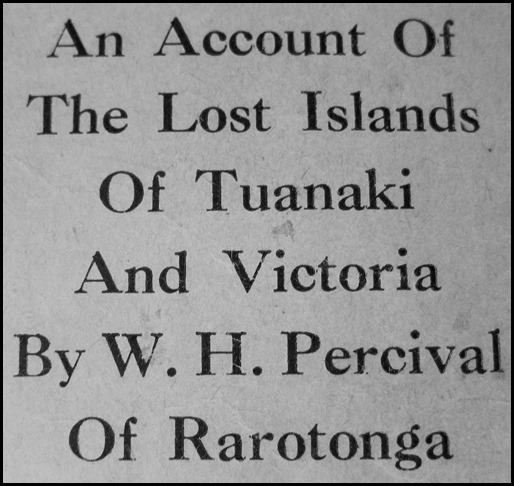 I asked Mum if she had any old black and
white photographs of the Marsters family. Off she went and returned with a small
bundle, indeed she had found some pictures but also a little gem – a magazine
called the Pacific Islands Monthly, this particular edition was published in
August 1964.
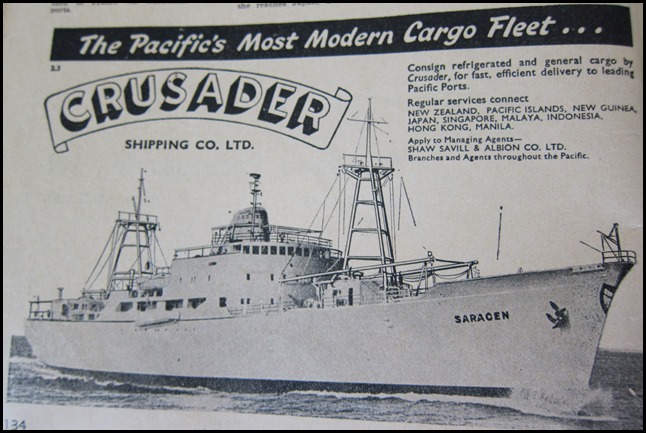 Complete with brilliant adverts of the era, this issue featured a story written by
W.H. Percival.
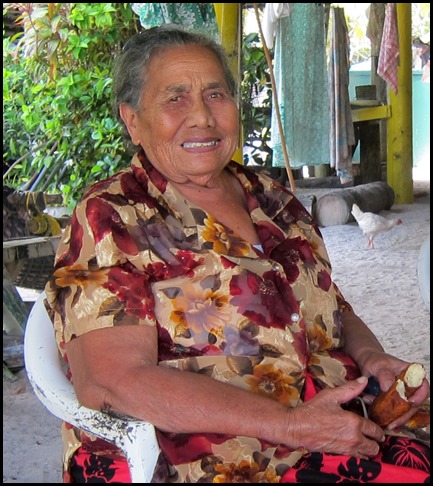 Mum – Inano -
is mum to Bill (our host on the island of Palmerston), wife of the late Tuakana.
Tuakana was the son of Ned, who was the son of William II, who was the son of
William Marsters, founding member of this unique family. (Mum will not mind me
saying that she is over eighty four years old and as sharp as a new pin). Now
follows the actual feature.
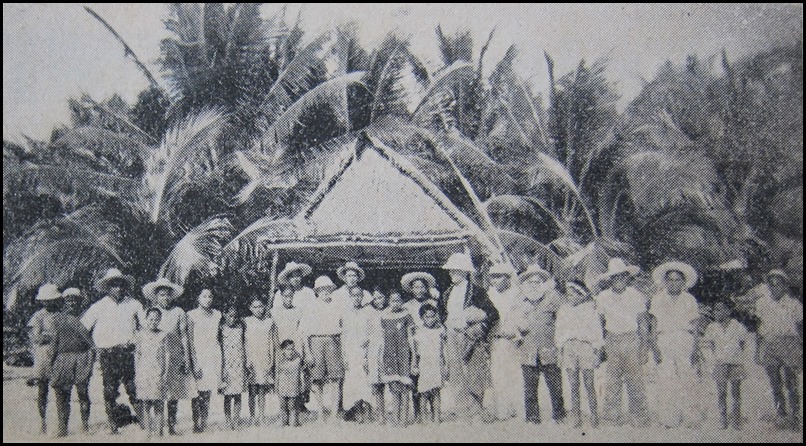 Victoria Island, one of the lost islands
of the Cook Group, was a reality to at least one person of recent times –
William Marsters II, one-time “patriarch” of Palmerston Island, who died in 1946
at the age of 84. Marsters, the bearded figure, just
to the right of the hut, claimed that he visited Victoria Island in his
twenties. The photo was taken in the 1930’s.
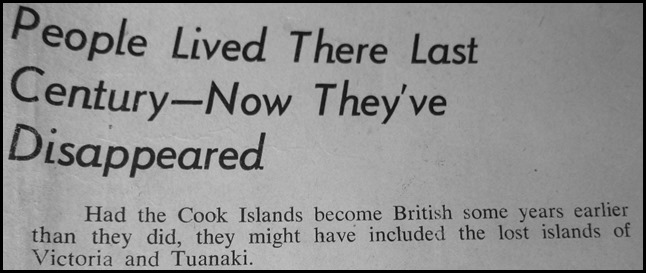 Victoria is still marked on some maps, but
not on modern charts used by local shipping. William Marsters, who died in 1946, aged 84, and who was ruling head
of the Marsters clan at Palmerston Island, claimed to have visited Victoria
Island. This was when he was a young sailor in his twenties – so his visit to
Victoria must have taken place in the early 1880’s.
Marsters used to say that he was one of
the crew of a ship that took a Jew called Levy and a gang of native labourers
from Suva to Victoria Island. They were employed by a firm to plant coconuts so
that future copra crops could be obtained. Marsters described the island as
having a barrier reef enclosing a narrow lagoon, similar to some islands in the
Lower Cook group. It was not an atoll, but an island of volcanic origin, fairly
well-wooded with a typical puka tree and possessing a natural boat
passage.
Marsters’ ship left Levy and his men with
three or four months’ food, but the firm went bankrupt and no boats called at
Victoria for eighteen months. By that time the stranded men had eaten everything edible on the
island, including the coconuts they had been sent to plant, and they were
rescued on the point of starvation. Some time
after that Victoria Island disappeared, probably as a result of volcanic action.
In early 1921, the well-known Islands skipper Captain “Andy” Thomson sailed over
the spot where the island had been marked on early charts. There was no sign of
the island and a search over a wide area failed to reveal it. The trading schooner Tagua, in which he sailed, was
equipped with radio and an accurate chronometer, and Captain Thomson obtained
his position exactly. He later reported the non-existence of Victoria to
American marine authorities.


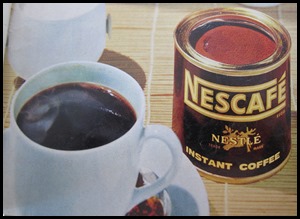 The other “lost” island that would Have
come within the boundaries of the Cook Group was called Tuanaki. It was said to
be some two hundred miles south or south-west of Rarotonga and to consist of
three low, thickly inhabited islands with a reef. Two native seamen claimed to
have seen Tuanaki from whaling vessels, and one of them said that he spoke to
the people, who resembled Mangaians in dress and customs. This was in the
1840’s.
The natives of Tuanaki told him they heard
of the overthrow of idolatry on Rarotonga and Mangaia, and were eagerly awaiting
a visit from the missionaries.
 In 1844, the Rev. George Platt, in command
of a small missionary schooner, searched for Tuanaki without success. Before
starting his search, the younger Williams called at Aitutaki, where he
interviewed a man named Soma, who claimed to have gone ashore at Tuanaki, Soma’s
story was interpreted and written down on the spot.
Soma said:
“Two years have passed since I saw that
island. We went thither by way of Rurutu Island, and when we found it, our
captain searched for the entrance and then lowered a boat into which we
descended. There were six of us, the captain making seven. When we got ashore we
found no one on the beach, so the captain said to me ‘Go inland and search for
the people. If you find them, return here.’ The captain gave me a sword. When I
reached some way inland I saw a house which was full of men. It was a house of
the chief. The chief asked me, “Whence do you come, from Araura?’ (This is the
old native name for Aitutaki, still known today but seldom used). I replied,
Yes. ‘Come inside the house,’ the chief said. So I went inside. There were none
but men there, no women, as they have a separate house. After I had sat down the
chief asked again: ‘Do you come from Araura?’ To that I replied, I come from
Araura. ‘Where is the captain of your ship?’ I told him he was with the boat. He
is afraid lest you should kill him. ‘We do not kill men. We only know how to dance and sing. We know nothing of war.’ I then
returned to the captain who asked, ‘How is it?' They are all in a house. ‘Why do
they stay there?’ I do not know. The captain then went inland with me, taking
with him some scissors, axes and headdresses, and then entered the house and
presented the articles to the chief. The captain asked the chief his name. He
replied, ‘Maeva-rua, Tuikura is my name, from Rarotonga.
The Captain and I slept there that night,
whilst the boat returned to the ship, taking some food – fowls, pigs, yams and
bananas. We were six days ashore there. The people are exactly like us. Their
water is scooped up in a bowl, or in the leaf of the giant taro. Their dialect
is that of Mangaia, and they wear the tiputa (poncho-like garment made
of tapa) and use the same kind of fans as Mangaia. (As Mangaia lies one hundred
and ten miles south-east from Rarotonga and Tuanaki was roughly two hundred
miles south or south-west of Rarotonga, Mangaia and Tuanaki must have been close
together).”
Having heard Soma’s story, the Rev. John
Williams Junior, sailed off in search of Tuanaki.
On board his ship was a native convert to
Christianity called Maretu, who was to stay at Tuanaki and try to convert its
people. But, they never reached the island – if, in fact, it still existed.
During the voyage a violent storm was encountered. Heavy winds and seas snapped
a boom and one of the masts; Maretu became seriously ill; and the attempt to
find Tuanaki had to be abandoned. No one is known to have visited Tuanaki after
Soma and his captain spent six days there in 1842, so it cannot be stated for
certain when the island slid beneath the waves, leaving no trace of its
existence. However, among the scanty records of the period is one that mentions
an island that disappeared of the Cook group.
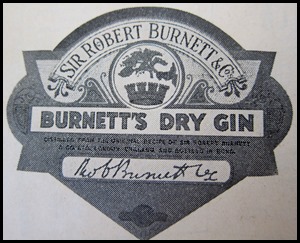 
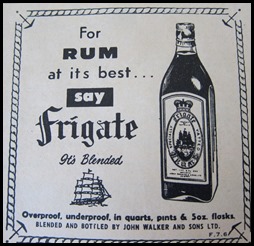 A judge J. A. Wilson, is reported to have
said: “A trading vessel from Auckland was used at one time in the forties to
visit an island, the exact position of which was kept secret. But on a
subsequent visit it had disappeared.
The Rev. W. W. Gill, a pioneer missionary
in the Cook Islands, said in his Gems From The Coral Islands, published in
London in 1856, that Tuanaki was known by tradition in all the islands of the
Cook Group. But it had not been discovered by Europeans, and the missionaries
could not obtain its exact position.
Rarotongan tradition says the Rarotongans
of the pre-Christian era used to visit Tuanaki in their sea-going canoes, and
that the voyage used to take two days and one night.
There seems to be no doubt therefore that
Tuanaki did once exist, but there is possibly less certainty about Victoria
Island. Yet Victoria’s position was reported by somebody with sufficient
authority for cartographers to include it in their maps – such as the 1936
edition of Phillips’ Handy Volume Atlas of the World.
Perhaps
some PIM reader may know who discovered it, or, at least, how it came to get on
the maps.
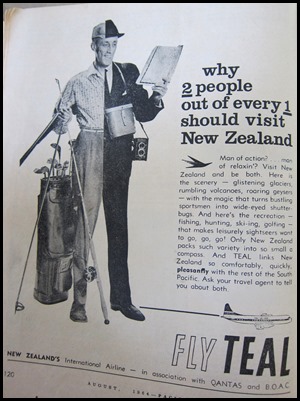

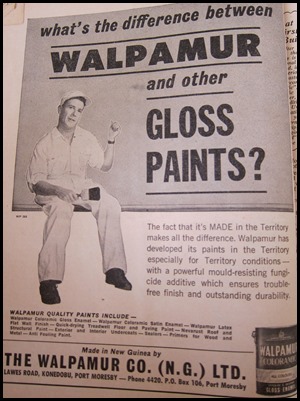 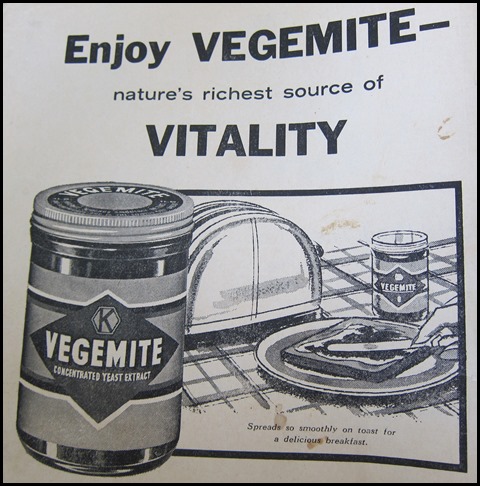 ALL IN ALL A GREAT
MYSTERY
|

